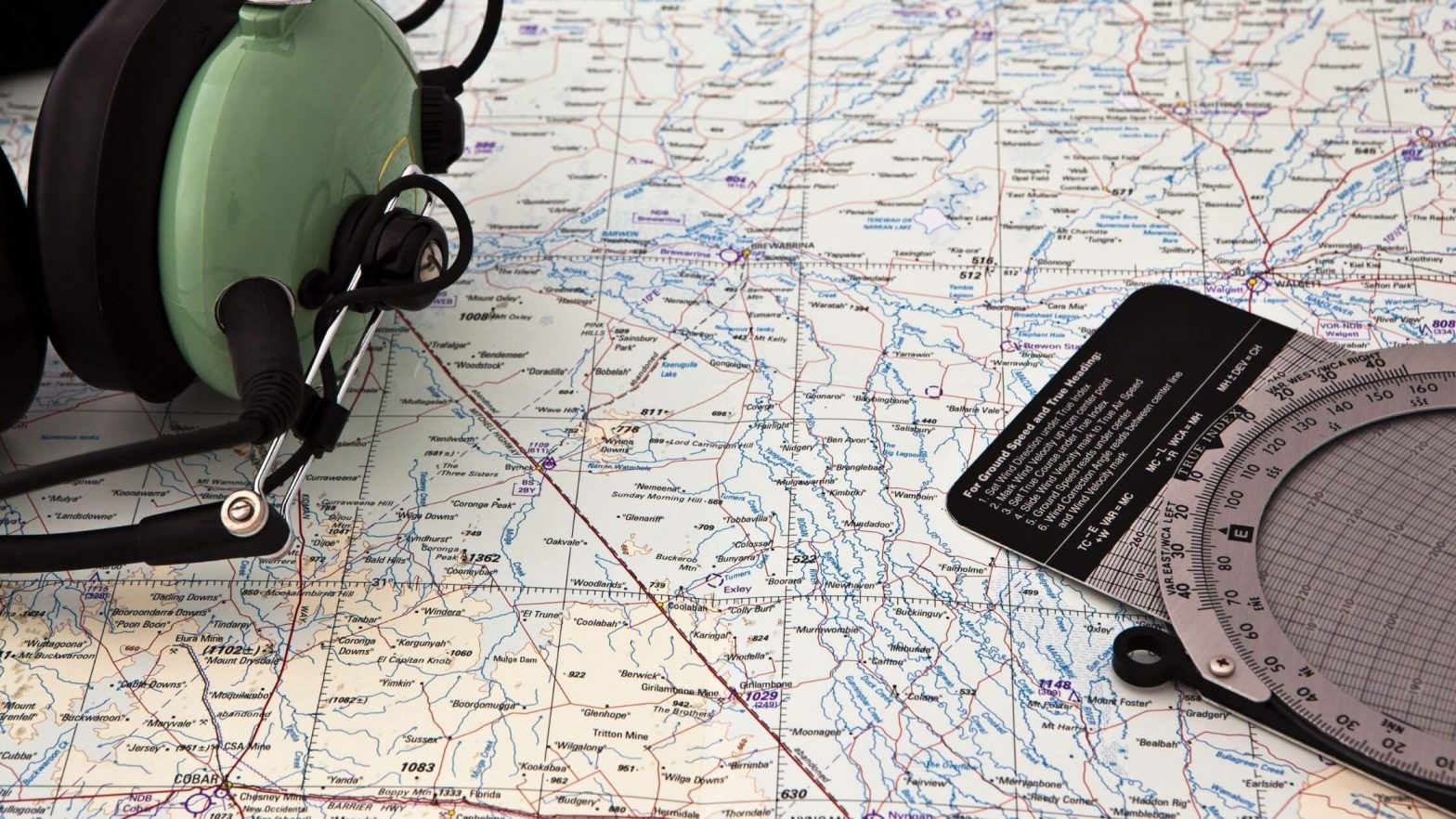Liz Brassaw
-

The Difference Between Category, Class, and Type of Aircraft Every Pilot Must Know
When I first started my flight training I found it difficult to remember the difference between category, class, and type of aircraft. If you’re a new pilot, hopefully this guide helps you learn and remember the differences. One of the most confusing things the FAA does—and there are many, by the way—is how they divide…
-
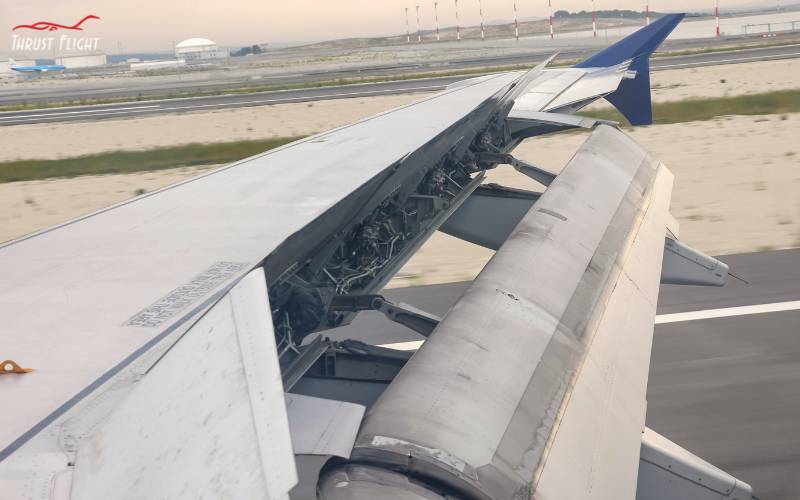
Flying Basics – A Guide for New Pilots
In this article we’re going to cover flying basics; how airplanes fly and the basic parts of an airplane. They say that the flying is the easy part. Once you start diving into your pilot books and studying aerodynamics, you’ll quickly realize what they mean. But there’s good news: flight instructors have been doing this…
-
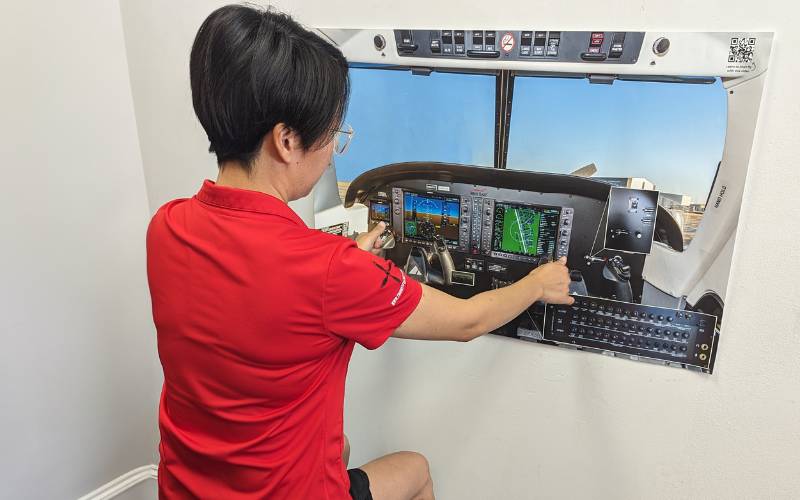
How to Chair Fly
In this article I’m going to teach you how to chair fly. As a CFI, I’ve walked many students through the process of chair flying. I’ve put together my exact advice in this article. Good study habits are the key to success in pilot training. Students who know how to maximize their time outside of…
-
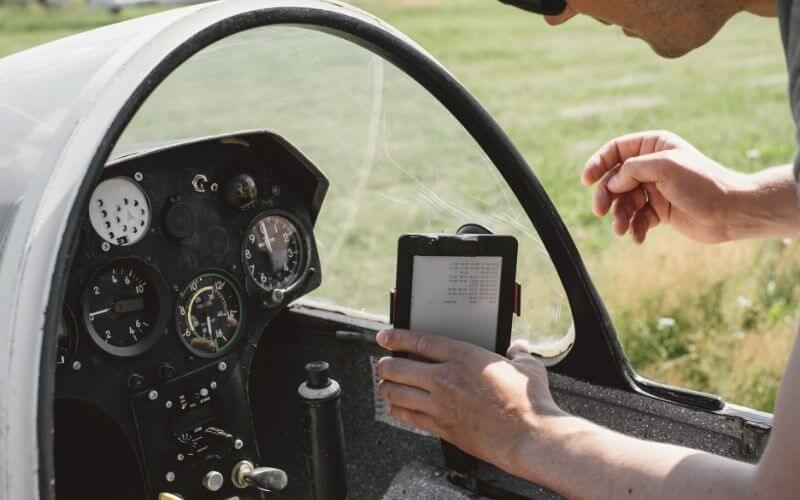
Indicated Airspeed Versus True Airspeed
In this article, we’re going to compare indicated airspeed with true airspeed and help you get a deeper understanding of the difference between the two. Like its partner in crime, the altimeter, your airspeed indicator gives you vital information about the plane you’re flying. Unfortunately, they both like to keep their secrets, and it takes…
-
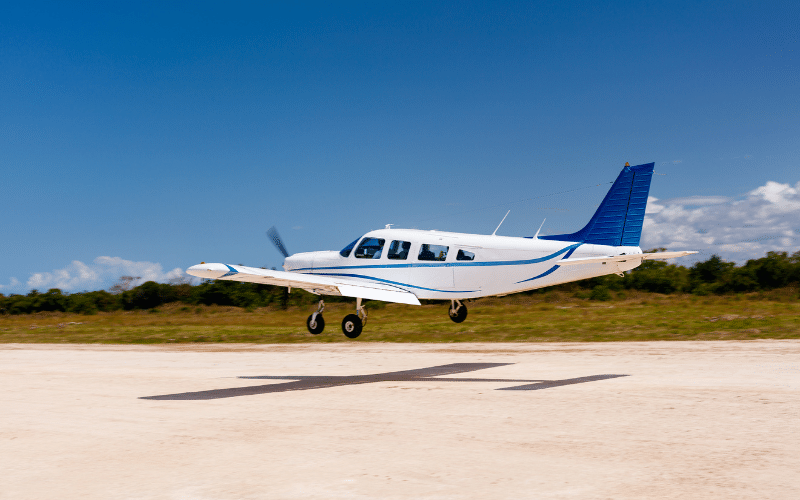
Do Accelerated Flight Training Programs Work?
In this article, I’m going to answer one question we hear often, do accelerated flight training programs work. Fast-paced flight training is a popular option with students looking to get into an aviation career. This sort of training means dedicating a lot of time and money to your flying upfront—but it also means getting your…
-

Flight Training: Part 141 vs. Part 61
In this article I’m going to walk you through the differences between part 61 vs 141. As a new pilot there are two methods of flight training you can pursue; Part 141 and Part 61. There are pros and cons to each method so keep reading to help you determine which version is right for you. But…
-
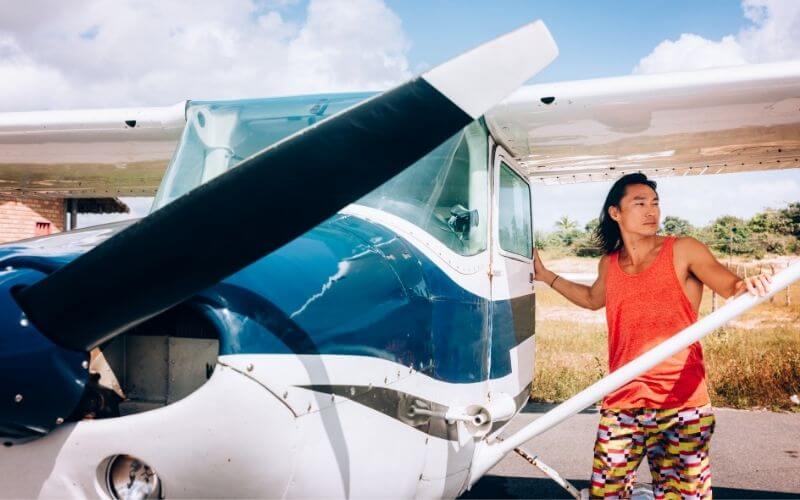
Age Requirement for Private Pilot’s License – Can You Get One?
So, you’re thinking about getting your private pilot’s license, but are not sure if you meet the age requirements? The age requirement for a private pilot’s license luckily doesn’t affect the majority of us. The Federal Aviation Administration requires certain prerequisites before anyone can get their private pilot license, and age does play a factor. Your…
-
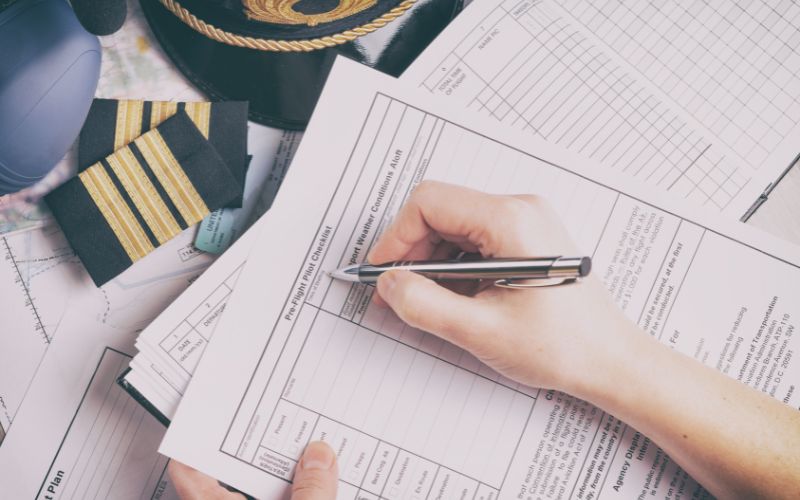
How to Study to Become a Pilot | Best Flight School Study Tips
In this article, we’ll help you learn how to study to become a pilot so you can effectively move through flight training. Flight school can be an intense experience. Many future pilots think the hardest part will be learning to fly the plane, but any certified pilot will tell you that the hard part is…
-
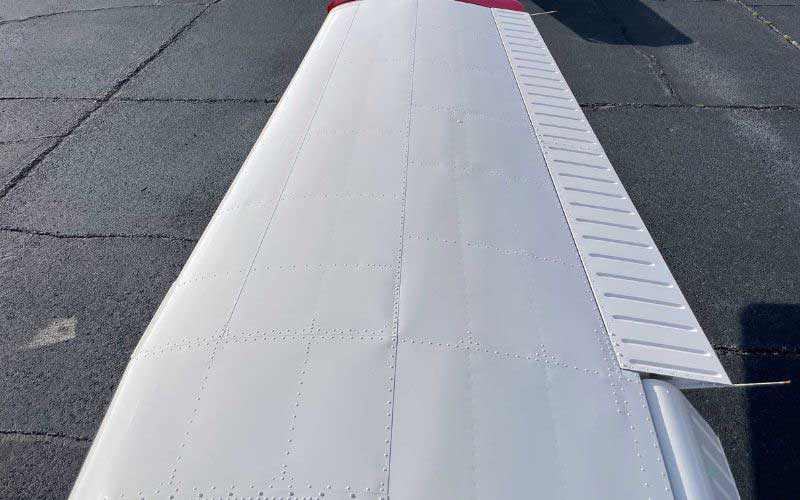
Ailerons – What are They, and How do They Work?
Ailerons are one of the main controls you use to fly the plane, so it’s important to understand how ailerons work. This is also one of those times when understanding a little bit of aerodynamics will make you a better pilot in the cockpit. As a private pilot student, your instructor will go in depth…
-
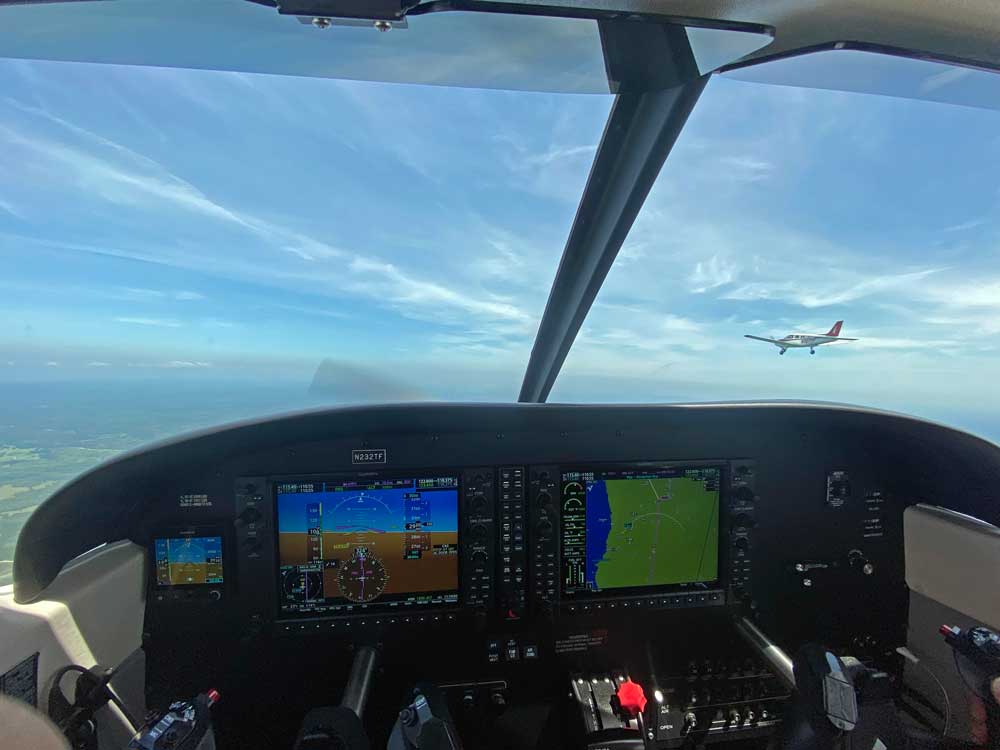
Paced vs Accelerated Flight Training
One of the most common questions we hear from prospective pilots is how long will it take to complete training. To answer this question you’ll need to understand your options. There is paced training and accelerated training. Paced Flight Training Programs Paced flight training programs tend to fit a busy lifestyle. Between work, family, and…
-
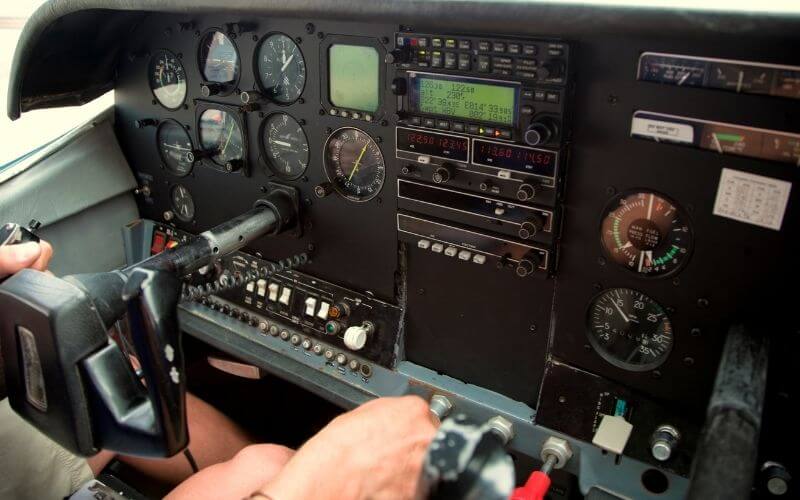
What is a Squawk in Aviation? Breaking Down Codes and the Meanings
What says “squawk” and flies in the sky? Is it a parrot, a Cessna, or a 787? Or all three? Squawk is a common term used in air traffic control to describe a specific type of radio signal that comes from the plane’s transponder. So this funny word is not just for the birds–pilots of…
-
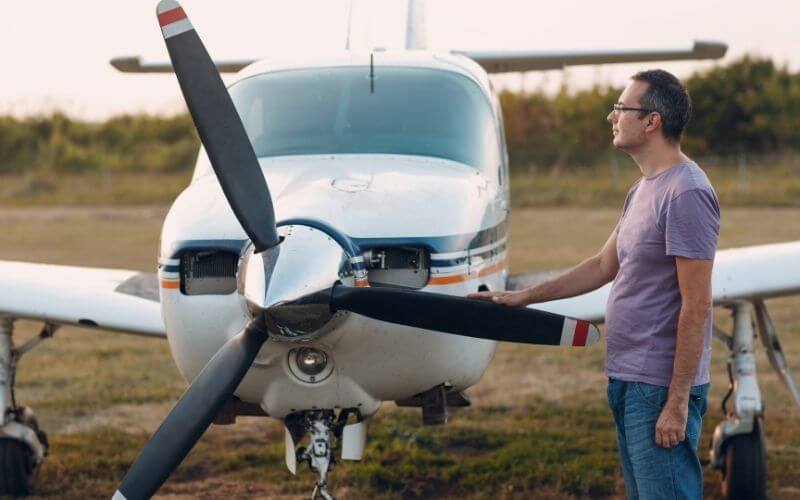
Do You Have to Renew Your Private Pilot License
There are many cases where individuals get their Private Pilot License (PPL), stop flying for a while, and then go back to try and fly again. Unfortunately, you can’t hop into a plane after 20 years of not flying and be ready to go. There are a few things you have to do before you…
-

Understanding Air Traffic Control Communications
In this article, we’re going to help all you new pilots out there who are struggling with understanding air traffic control communications. Remembering specific radio calls can be difficult to learn at first. But once you become familiar with a few phrases, you’ll be piloting in a controlled environment in no time. If you’re just…
-
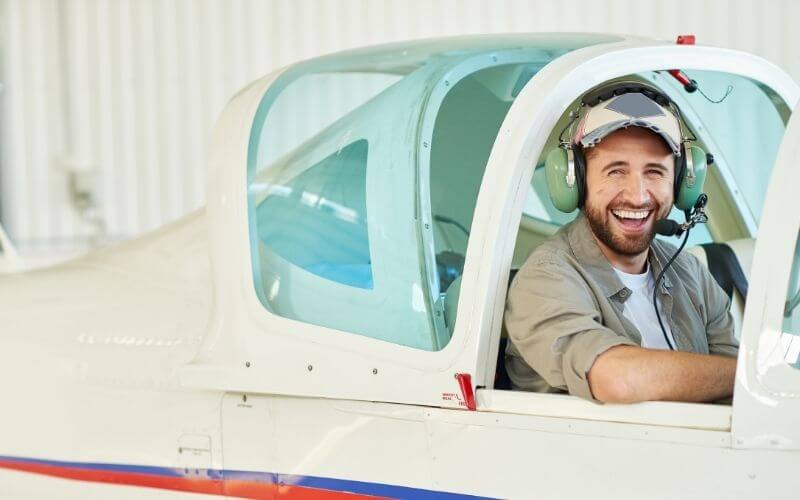
How to Manage Stress During Flight Training
The I’M SAFE checklist is one of the first introductions to human factors that student pilots receive. It helps pilots identify possible reasons why a pilot might not be fit for flight. The checklist boosts self-awareness amongst all pilots. Most of the items on the list are pretty self-explanatory. For example, I is for illness–are…
-
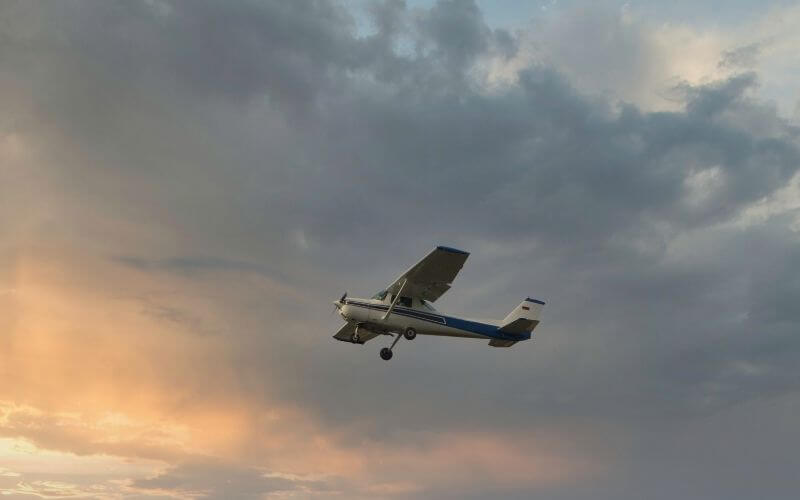
A Guide to IFR Flight Planning
In this article, we’ll dive into how to properly plan an IFR flight. Do you remember when you learned to fly cross countries in your Private Pilot training? It was one of the last things you did, and in hindsight, that probably makes sense. After all, a cross country is a culmination of all of…
-
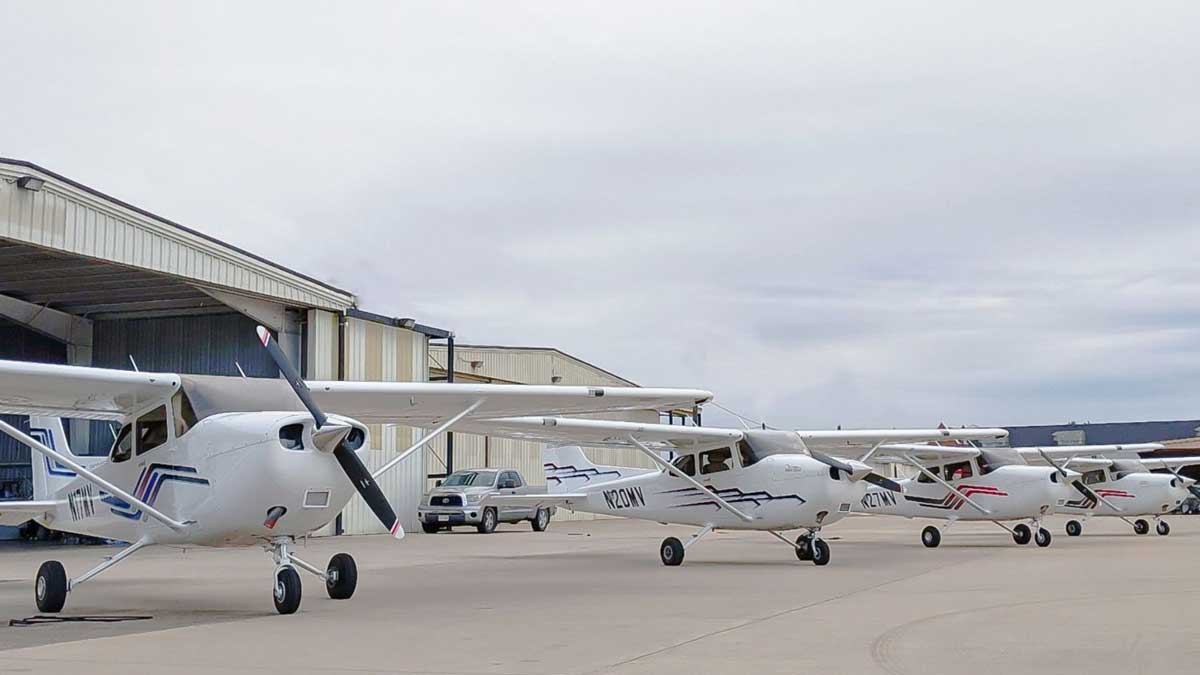
IFR Acronyms Every Instrument Pilot Should Know
In this post we’ll walk through a few IFR acronyms every instrument pilot should memorize. Pilots are crazy for acronyms. If a non-pilot walks up to a group of pilots at a bar and listens to their conversation, the verbal alphabet soup will probably make them nauseous. “The FAA ATC guy at TRACON said my…
-

Thrust Flight Partners with Purdue University Global to Address Projected Demand for Pilots
FOR IMMEDIATE RELEASE: December 14, 2021 Thrust Flight and Purdue University Global have formed a partnership to address the projected global and regional demand for aviation professionals over the next 20 years. Beginning December 13th, students accepted into the Purdue Global professional flight degree program will complete their Bachelor of Science degree courses online through Purdue Global, while completing…
-
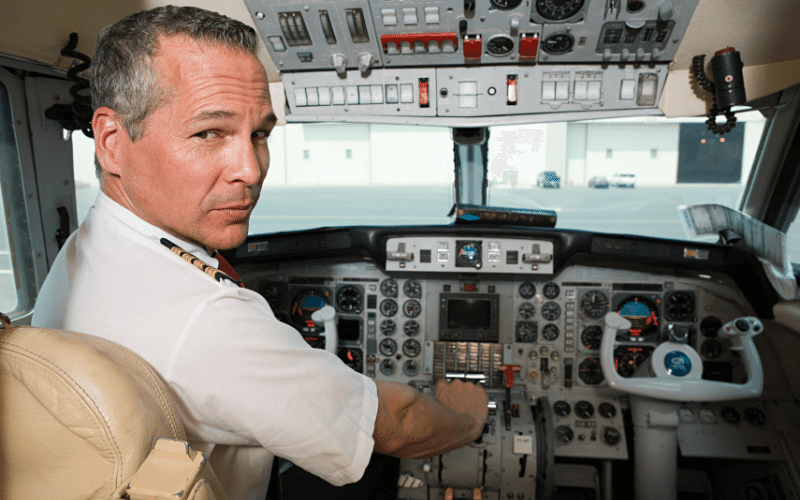
How “Hazardous Attitudes” Affect Flight Students — and Their Instructors
The FAA and NTSB have identified five “hazardous attitudes” that crop up repeatedly in accident reports. This isn’t news to anyone who has taken any aviation training at some point in the last few decades. These five hazardous attitudes and their “antidotes” are drilled into the brains of pilots. Unfortunately, teaching these attitudes in a…
-

Tips to Get Your Students Focused on Airmanship (and Less on Technology)
Many instructors feel that their students would benefit from more focus on airmanship skills. And while changes to the way we train have helped the problem, there are still many areas where students seem to fall short. Often when students have trouble progressing through a syllabus, it has more to do with airmanship than practical…

